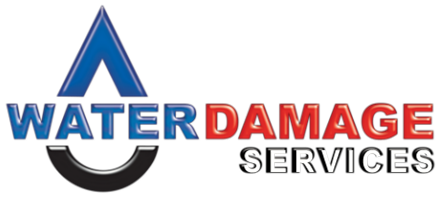MOULD REMOVAL & BACTERIA FROM WATER DAMAGE
You don’t know it yet but after even the smallest water overflow into carpets and floors it is highly likely you have (or about to get) mould and/or bacterial growth in any nook and cranny within a surprisingly large radius of the affected area. It will not happen right now, but mould and bacteria positively thrives in warm, dark, and damp places.
LET’S TALK MOULD (MOLD)
Mould is easy to grow. And to spread, they produce airborne spores that will land and thrive in environments that are moist and warm. So when they land on a damp spot, dark and warm spot like your lungs, they begin to propagate. This is a strong fungi that will grow on any surface from fabrics to wood and plastic to glass. Not many of us realise this but as the mould spores grow, it is not uncommon for them to digest the material they are growing on.
Mould is a form of fungus of which there are many different types, and we have all experienced the growth of mould both indoors and outdoors. Once mould is present in your home the spores need to spread and to do so, they will rely on coverage in your home by floating around in the air.
Mould spores floating through the air are clearly unhealthy for any one of us but even more dangerous to those who already suffer allergies or have other existing medical conditions. Especially when we understand that once inhaled, mould spores can continue to grow in your lungs as that is the perfect environment. For the health safety of you or your family, please do not take risks. For your Health Reference: The most relevant type of mould in this instance is Penicillium which grow on water damage surfaces and is blue or green.
LET’S TALK BACTERIA
Bacteria is everywhere and to pinpoint the bacterial development specifically from a water damage incident is not so easy. But we do know that regardless of any other source, bacteria will evolve from wet carpets, floors, and walls. Water-damaged indoor environments can create an ideal breeding ground for mould and bacteria, which can lead to a complex mixture of microorganisms and their by-products. These by-products, such as mycotoxins and endotoxins, can have harmful effects on human health, particularly if exposure is prolonged or if individuals have pre-existing health conditions. It’s important to address water damage as soon as possible to prevent the growth of harmful microorganisms and the development of an unhealthy indoor environment. While bacteria will occur naturally they are smaller microbials and can produce their own food source from light or other chemical energy. This makes them an additional health threat in that they do not need the dark environment. And as water is a frequent vehicle for the transmission of bacterial viruses, areas left after a water overflow may permit their very survival.
THE DIFFERENCE BETWEEN MOULD AND BACTERIA
Mould is a fungi, Bacteria are single-celled microscopic organism. Moulds and bacteria are both types of microorganisms, but they differ in their structure, function, and behaviour. Moulds are a type of fungi, which means they are eukaryotic organisms that have a complex cellular structure with a nucleus and other organelles. They grow as multicellular filaments called hyphae and reproduce by forming spores.
Bacteria, on the other hand, are single-celled prokaryotic organisms that lack a nucleus and other membrane-bound organelles. They reproduce asexually through binary fission, where one cell divides into two identical daughter cells.
While many moulds and bacteria are harmless or even beneficial to humans, some can cause health problems. Certain types of moulds produce toxins called mycotoxins that can cause allergic reactions, respiratory problems, and other health issues. Some bacteria can also produce harmful toxins that can cause food poisoning and other illnesses.
It’s important to take precautions to prevent the growth of harmful moulds and bacteria in our environment, such as keeping our living spaces clean and dry and properly storing and cooking food to prevent the growth of harmful bacteria.
For a long time, mould exposure has been the major focus in regard to health effects among occupants in damp environments, whereas bacterial exposure has been generally understudied. However, there are many reasons now to consider that bacteria may be as important as mould in health effects.
The most important factor for indoor mould growth is moisture, but many bacteria also grow in these conditions. As such, occupants in damp rooms or homes are simultaneously exposed to multiple microbial agents from both bacteria and fungi (mould).
This mixed exposure is likely to result in interactive effects among mould and microbial agents which can then produce more complicated health outcomes.

